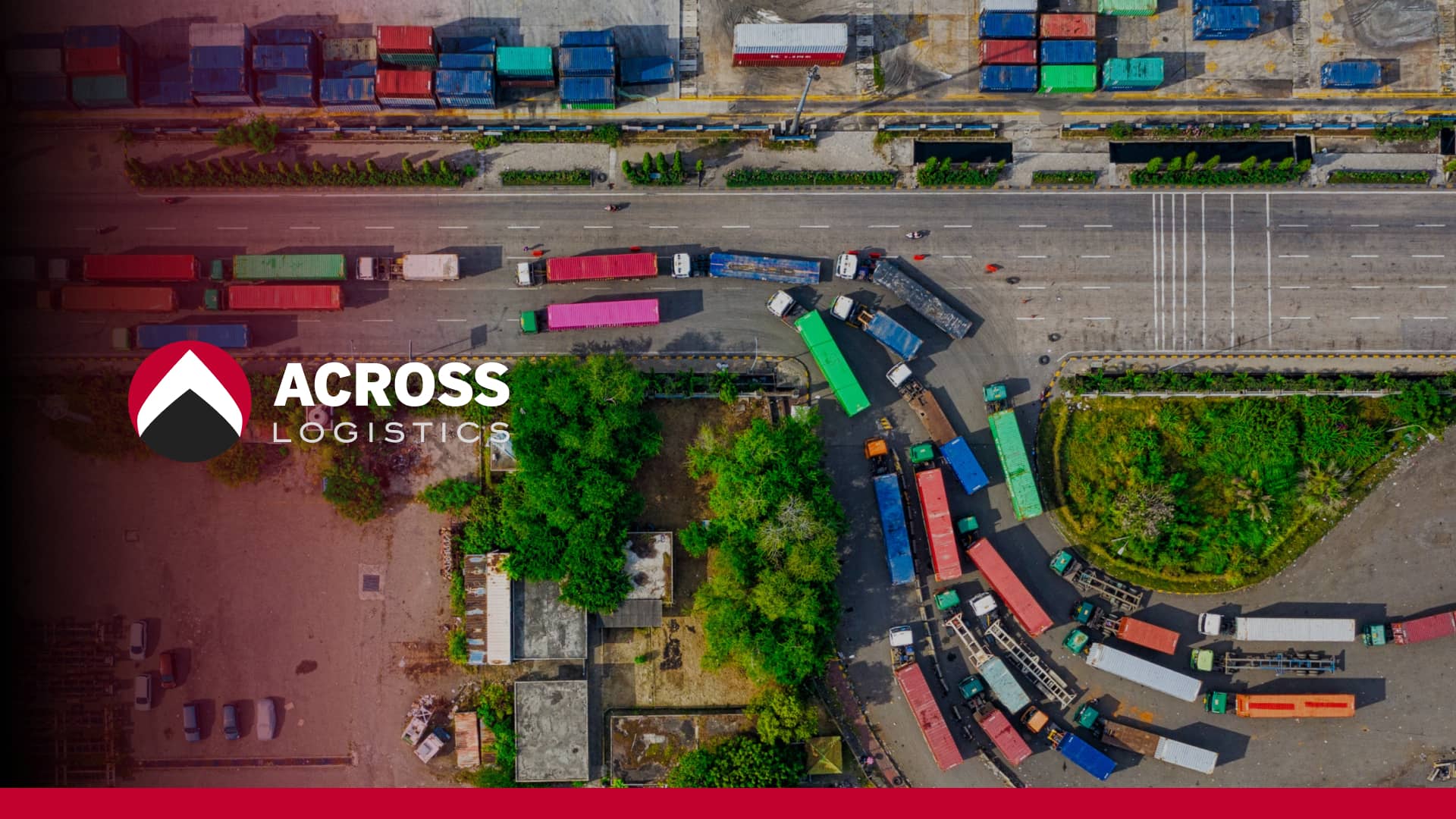The logistics sector allows the selection of different types of transport, each of which has its own characteristics that make it more compatible with one type of cargo or another.
FTL and LTL are two nomenclatures that define two ground transportation systems that you should know in order to know which option is more profitable and advantageous for your needs.
Read on, we tell you all about FTL and LTL modes in trucking, what their differences are and when to choose each one of them. Take note!
What is FTL
FTL stands for “Full Truck Load”. As the name implies, it refers to a full load that occupies all the available space in a truck.
In other words, FTL is when the entire truckload is owned by a single shipper and consignee.
Some FTL features are:
- Delivery time is generally faster than LTL.
- The cargo is transported directly from one point to another without intermediate stops.
- The sender has full control over the content of the cargo.
- The rate is generally higher than LTL due to the greater space and control.
In summary, the FTL land transport mode defines a type of shipment in which a truck transports the goods exclusively.
What is LTL
LTL is the abbreviation for “Less Than Truck Load”. LTL transportation occurs when a truck’s cargo space is not fully utilized.
The carrier has the option to fill the free space in its truck with other goods from other customers. In general, it usually means that several small loads are aggregated into a single shipment.
Some LTL features are:
- Delivery time is generally slower than FTL.
- The truck makes multiple stops to pick up and deliver loads.
- Senders do not have full control over the content of the cargo.
- The rate is generally lower than FTL due to shared space.
Main differences between FTL and LTL
In addition to the main difference in shipping characteristics, FTL and LTL have other differences that fall into the following categories:
Cost differences
FTL and LTL freight carriers may differ in their pricing. LTL is a good option to save costs if you need to ship small volumes of goods.
Environmental Impact
LTL shipping is a shared carriage of goods, so it has a lower environmental impact. Booking an entire truck without occupying all of its space is highly uneconomical and unsustainable.
Therefore, the LTL system will always have a smaller footprint in these cases. When there is no difference in the environmental impact is when the FTL mode covers the whole truck, in those cases the impact would be the same.
Delivery times
FTL transport picks up the cargo and delivers it to the intended destination. The LTL mode of transport has to make stops at several locations, which means that delivery times will almost always be longer.
The LTL system makes it necessary to pick up more goods from different customers; these stops affect the accuracy of the delivery times of the total shipment.
Loading and unloading
In FTL transport mode , the truck loads and unloads only once. LTL transportation has to move goods to make room for new ones, partially unloading at different locations, which increases time as well as the risk of damage.
Related content:
- Freight Forwarder. What it is and how it can help you
- INCOTERMS 2020. What they are and what they are used for.
- Cross Docking. What it is, types and how it works
FTL vs LTL When to use each?
Knowing the concepts and differences between FTL and LTL, let’s see when it is advisable to use each of them.
When to use FTL?
As mentioned above, the FTL method is used when the load occupies the volume of the entire truck.
Although it is possible to send small loads, it is more advisable, if possible, to fill the truck with your own cargo, which will reduce costs and minimize risks and time.
It is a very good option for the shipment of fragile or sensitive products, as the amount of third-party cargo is reduced, the risk is lower.
The use of FTL is also recommended if delivery deadlines are tighter, as it is a faster and more accurate method.
When to use LTL?
It is usually said that if the cargo shipment is less than 6 pallets, the LTL system is recommended. The costs are lower than those of the FTL option as you share cargo space with other customers’ goods, and therefore the cost can be split.
LTL is the best alternative if you can afford more flexible and longer lead times and the cargo is not sensitive or fragile.
Conlcussions
FTL and LTL are two modes of ground transportation that provide interesting and very different characteristics, the advantages and disadvantages of which must be analyzed according to the needs of each client. The choice will depend on these needs.
It is also interesting to know the opinion of your logistics partner, who due to his experience in the sector can give you a very valid opinion.
Across Logistics is the leading company in logistics solutions of different kinds, offering different logistics solutions responding to the strictest demands of time, cost and sustainability of its customers.
